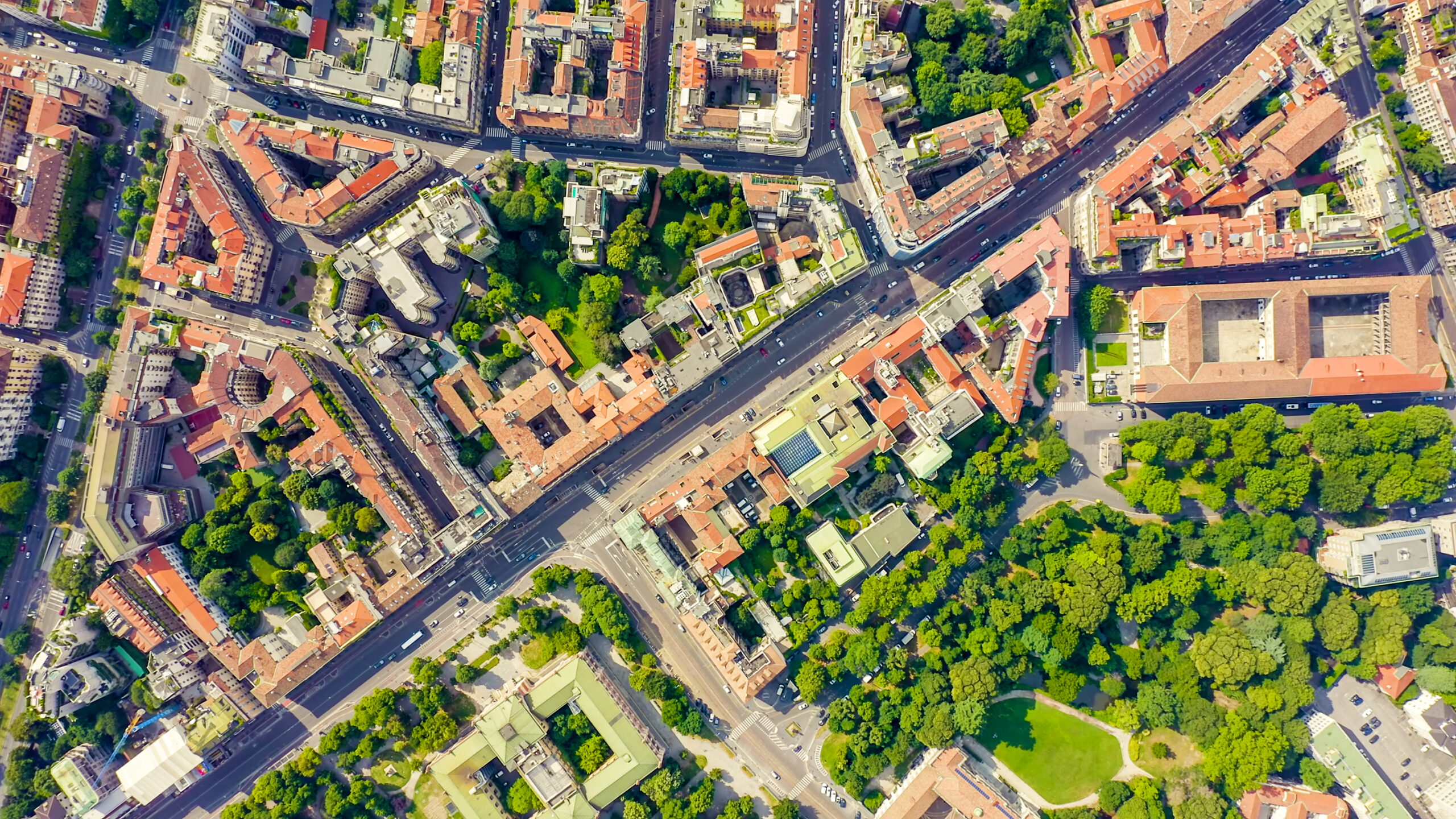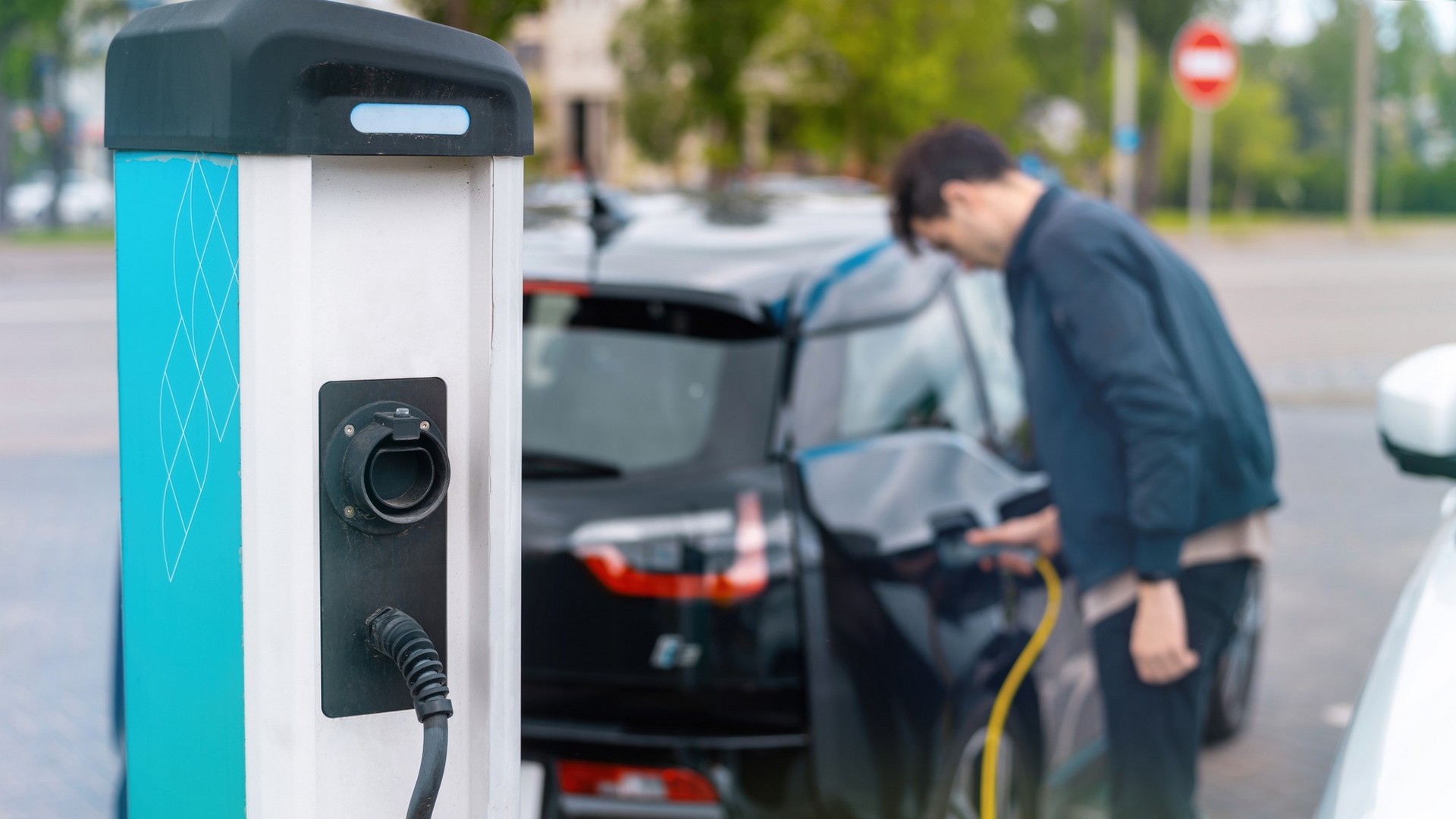Author | Raquel C. Pico
Although we often view the environmental footprint of cars as a whole, their impact on the environment—and consequently on human health—is actually linked to various types of pollution. On the one hand, there are emissions from exhaust pipes. On the other hand, there are those not directly related to exhaust pipes. These are known as non-exhaust emissions. This is where tire dust comes into play. For every kilometer a car travels, its tires degrade, contributing to environmental impact.
The tire problem

Tires present a significant environmental challenge at the end of their life cycle. Despite efforts by the industry to recycle and re-purpose them, tire cemeteries still exist worldwide, where used tires accumulate.
However, the problem starts long before this stage. While on the road and in use, they generate tire dust and release emissions into the atmosphere. This form of pollution becomes part of the natural cycle. The dust not only enters the atmosphere but can also make its way into the soil, aquifers, and oceans.
Although rubber remains the primary ingredient in tire manufacturing, many other materials are also incorporated into their composition. In fact, synthetic rubber, commonly used in tires, is derived from petroleum. The wear and tear of all these substances has direct and indirect effects on the environment. Some studies have shown a strong connection between tire dust and microplastics: according to a Pew Charitable Trust report, 78% of all microplastics found in the ocean originate from car tires.
The impact of plastic is alarming, but it is not the only troubling aspect of the environmental impact of tires. Other forms of pollution arise from tire wear, including the release of heavy metals like copper, zinc, and lead. Emissions Analytics estimates that each car releases 1 billion ultra-fine particles per kilometer driven.
The materials designed to enhance tire durability are also the source of other concerning emissions. A study by scientists from several Chinese universities highlights that when tires come into contact with oxidants like ozone, they become a source of pollutants such as 6PPD and 6PPD-Q, which are released into the atmosphere through tire dust. From there, these pollutants infiltrate the natural environment. 6PPD-Q is one of the many pollutants that adversely impact aquatic ecosystems. 6PPD is believed to directly contribute to the mortality of fish species, including salmon.
Are electric cars the solution to the tire problem?

The energy transition alone is not the solution to the entire problem. While the shift from combustion engine cars to electric vehicles reduces the traffic footprint in certain areas—so much so that diesel cars have already been banned in parts of Europe—it does not address the impact of all types of pollution. In fact, it not only fails to alleviate the problem of tire dust but can even exacerbate it.
To begin with, the increased weight of electric vehicles presents a disadvantage. Electric vehicles require heavier batteries, and according to some estimates, each additional half ton in vehicle weight leads to a 20% increase in tire degradation. To continue, the capacity of acceleration of electric vehicles is higher than that of combustion cars, which also entails greater strain.
As a result, while electric vehicles may show better performance in some forms of pollution, their non-exhaust emissions are five times higher than those of combustion vehicles. According to Emissions Analytics, electric vehicle tires degrade 20% to 50% faster than those on combustion cars.
Changing tires to reduce pollution
In short, the new types of vehicles will not solve the problem unless the issue of tire pollution is addressed directly. To mitigate the negative impacts of cars on the planet, we must recognize that they generate various types of pollution, each requiring its own specific solutions.
Some proposals involve rethinking tire manufacturing by using organic materials, like converting dandelion or soybean oil into rubber, or incorporating innovative elements into tires or vehicles to mitigate these emissions. Tire-dust magnets could capture the dust from tires and reduce emissions.
Others focus directly on implementing laws to address the problem. EU Regulation Euro 7, set to take effect at the end of the decade, establishes new emission limits for road vehicles. Unlike previous regulations on road traffic pollution, Euro 7 also addresses non-exhaust emissions. This means that tire dust must now be considered and regulated.
Images | Yvette S, Dan Meyers, engin akyurt






















































